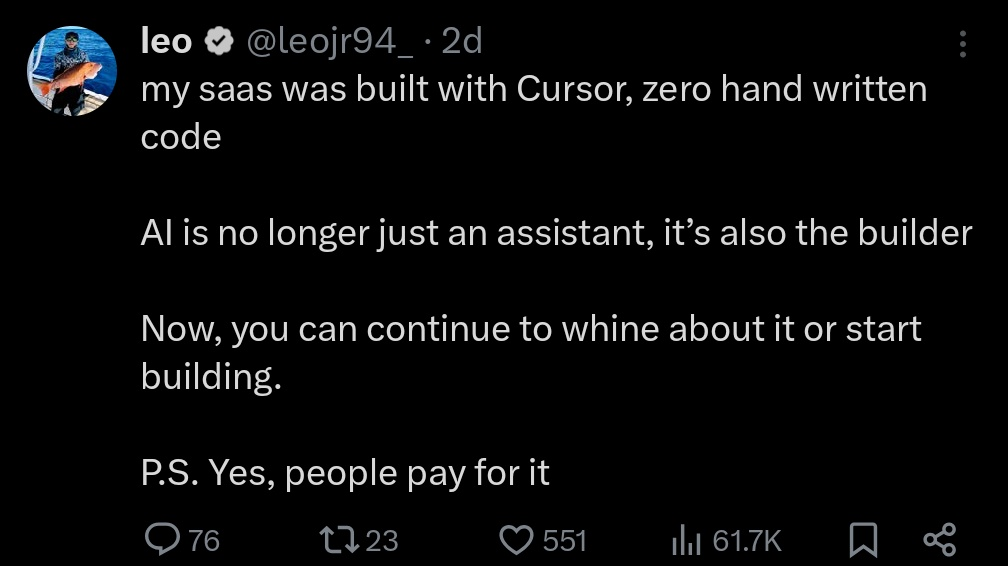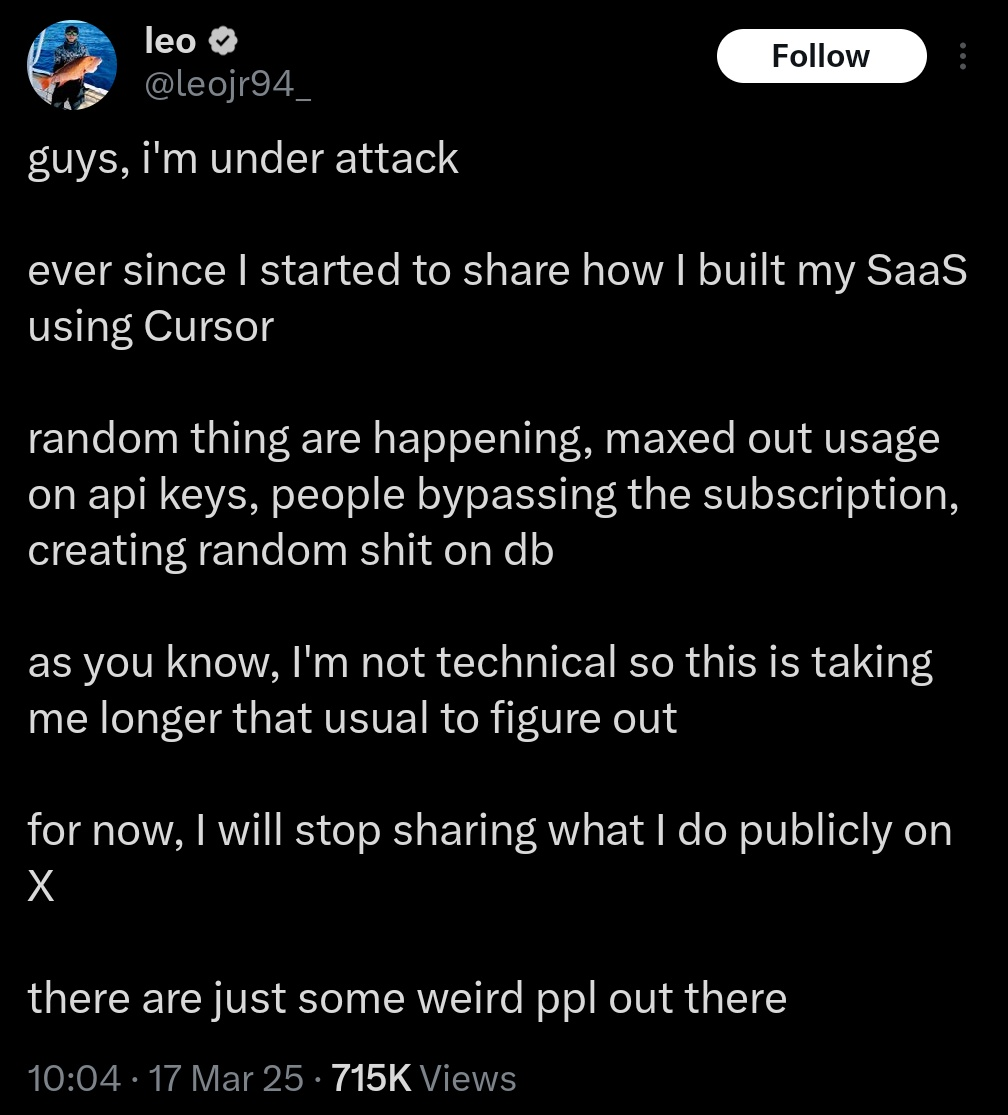3-1 Software Development is More Than Writing Code
April 19, 2025
In our previous articles, we covered Cursor's basic setup and how to get higher quality responses through better context management. Now we'll explore how to use Cursor in real-world software development scenarios.
Check your calendar for any typical development week. Between standups, planning meetings, code reviews, debugging production issues, writing documentation, and deployment tasks, you probably spend less than 40% of your time actually writing new code. The rest involves design discussions, requirement analysis, testing strategies, and maintenance work.
This reality reveals an important truth: software development extends far beyond writing code. Understanding this concept unlocks Cursor's full potential, letting you apply AI assistance across your entire development workflow instead of limiting it to code generation and testing.
The Complete Software Development Lifecycle
When we examine the Software Development Lifecycle (SDLC), implementation and testing represent just two phases of a much larger process. The complete cycle includes planning and design in the early stages, followed by deployment and maintenance in the later stages. Each phase requires different skills and creates different challenges.
Without proper planning and design, you end up with code that doesn't solve the right problems. Without deployment and maintenance, your software never reaches users or becomes unmaintainable over time. Excellence in software engineering requires competence across all these phases, not just coding ability.
This broader perspective shapes how we'll explore Cursor in this chapter. We'll cover not only how to use Cursor for daily coding and testing tasks, but also how it can enhance the design phase before you write any code, and how it can help make your code more maintainable after implementation.
AI Assistance Requires Developer Responsibility
Before diving into practical applications, we need to address a crucial principle: while AI agents can help execute tasks, the final decisions and responsibility remain with you as the developer.
Consider this real example from Twitter. A developer excitedly shared how he used Cursor to build a complete SaaS product without writing a single line of code himself. He celebrated AI's evolution from assistant to primary builder, suggesting that technical skills were becoming obsolete.

The story took a different turn shortly after. In a follow-up post, he explained that as the product grew more complex, serious problems emerged. API limits were exceeded, unexpected database errors occurred, and performance issues surfaced. Without a technical background, he struggled to resolve these issues even with Cursor's help, spending far more time debugging than experienced developers would need.

This example illustrates why technical expertise remains essential even with powerful AI assistance. The recommended approach is to continue developing your technical depth and breadth alongside AI tools like Cursor. This enables you to make informed decisions about whether Cursor's code generation or technical design suggestions are appropriate for your specific context.
When Cursor generates code or proposes changes, you need the expertise to review those modifications effectively. You must evaluate whether the generated code meets quality standards, follows security best practices, and aligns with your project's architecture before deploying it to production.
Maintaining Professional Standards
Throughout the following articles, we'll explore various scenarios where Cursor enhances your development workflow. In each case, remember that independent thinking, sound judgment, and accountability for final deliverables remain core responsibilities that cannot be delegated to AI tools.
Cursor amplifies your capabilities as a software engineer, but it doesn't replace the need for solid technical foundations, critical thinking, and professional accountability. The most effective developers use AI assistance to handle routine tasks more efficiently while focusing their expertise on complex problem-solving, architectural decisions, and quality assurance.
This balanced approach—leveraging AI for efficiency while maintaining technical responsibility—forms the foundation for everything we'll cover in the practical applications ahead.
Support ExplainThis
If you found this content valuable, please consider supporting our work with a one-time donation of whatever amount feels right to you through this Buy Me a Coffee page.
Creating in-depth technical content takes significant time. Your support helps us continue producing high-quality educational content accessible to everyone.
